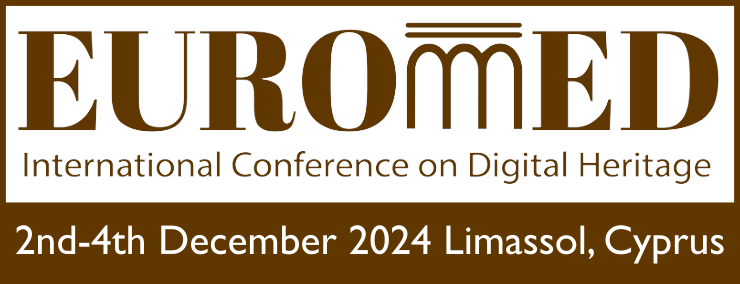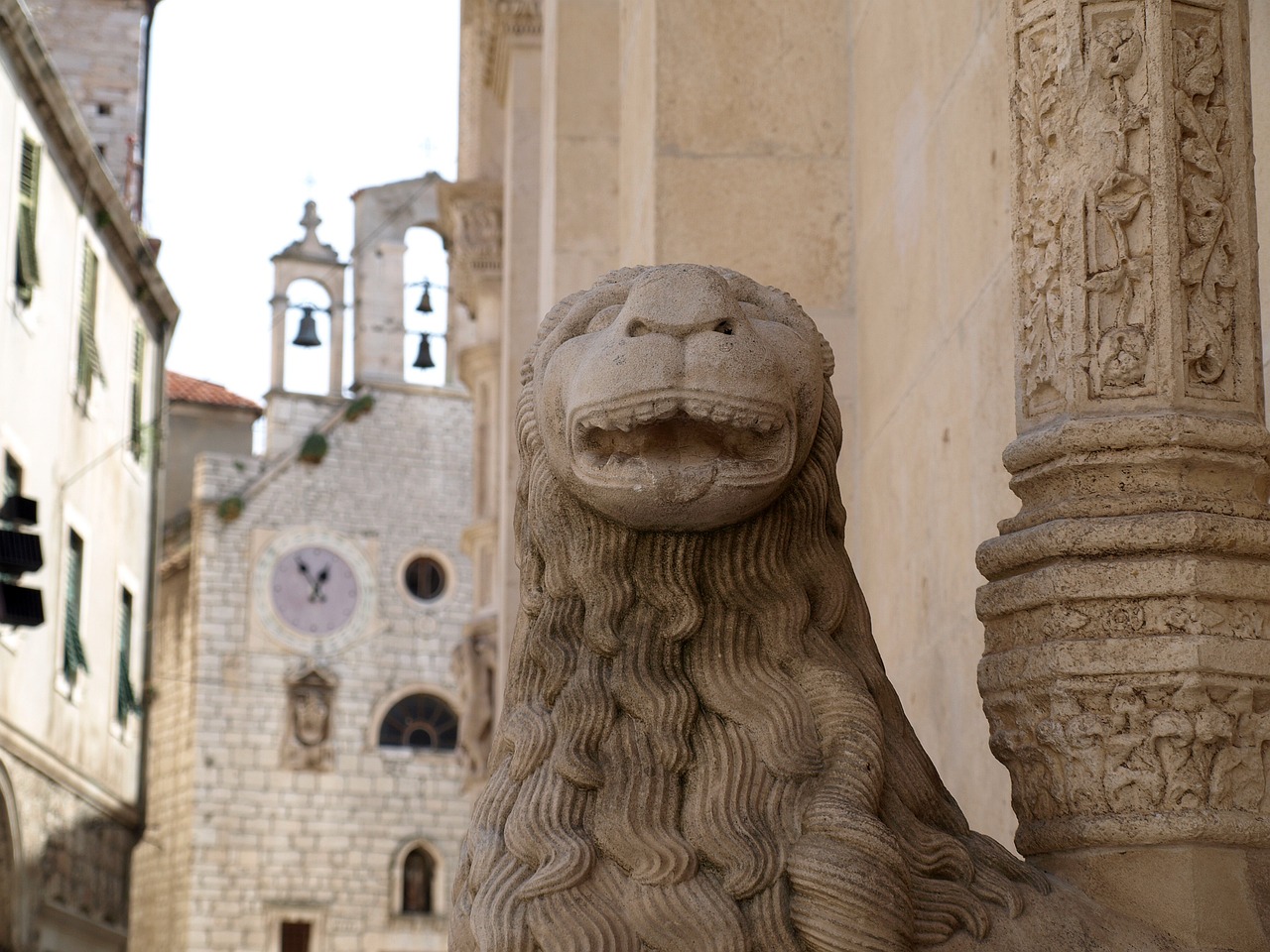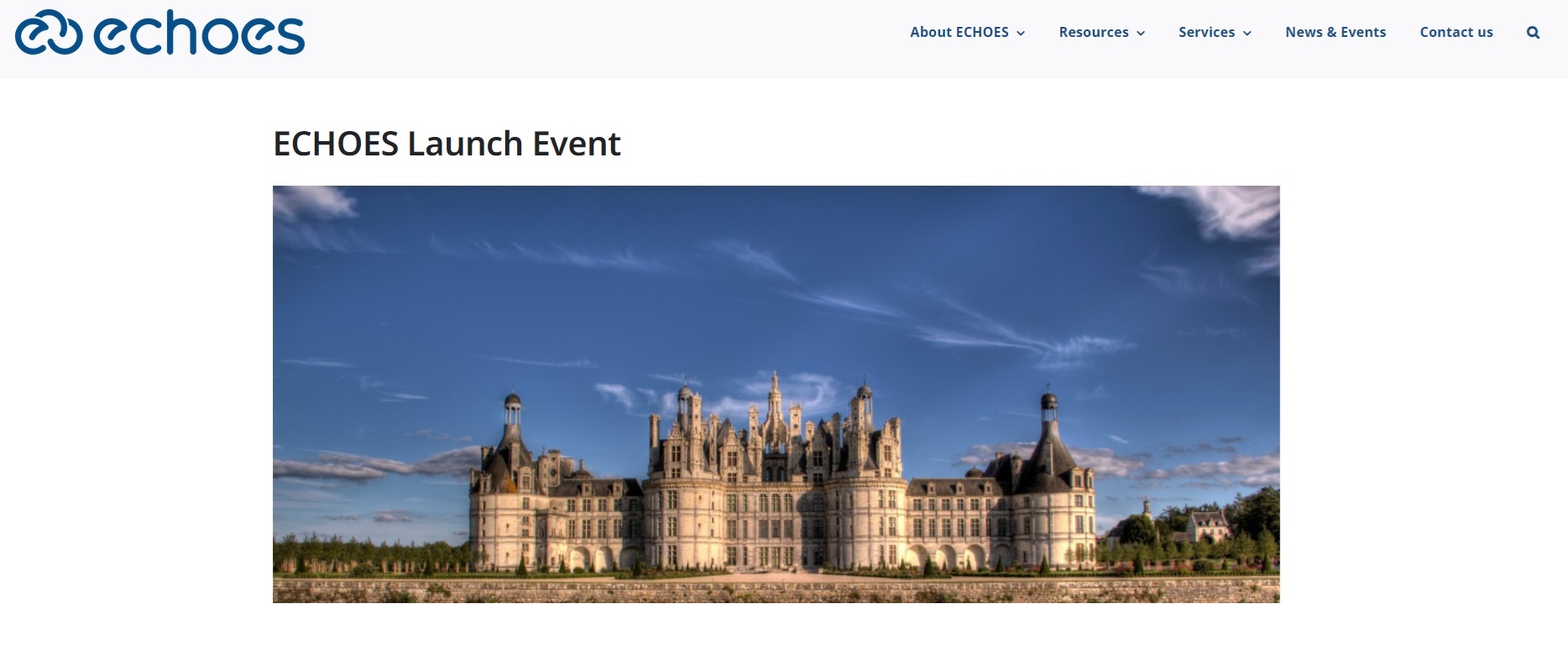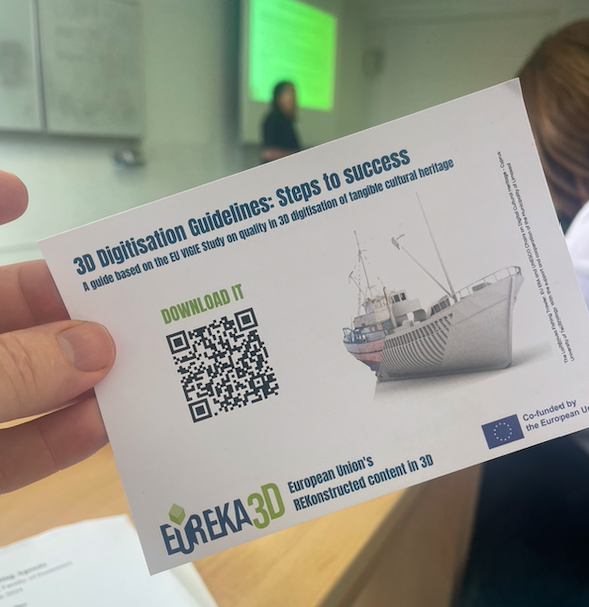Upcoming in mid-2024, a special issue is organized in the Scandinavian Journal of Hospitality and Tourism, in line with the scope of INCULTUM project and as part of the Swedish Pilot team and our collaboration network “MBT- Mapping the Beaten Track” activities, from the respectable publishing group Taylor and Francis.
The journal takes an interdisciplinary approach including, but not limited to geography, psychology, sociology, history, anthropology, and economics. SJHT encourages research based on a variety of methods, including both qualitative and quantitative approaches.
The journal covers all types of articles relevant to the Nordic region, as well as the North Atlantic, North Sea and Baltic regions, but reviews and conceptual articles with a broader geographical scope are accepted, that clearly enhance the theoretical development of the hospitality and tourism field. Published articles are the result of anonymous reviews by at least two referees chosen by the editors for their specialist knowledge.
Locating Consumption: Spatiotemporal Methods Advancing Tourism Behavior Research
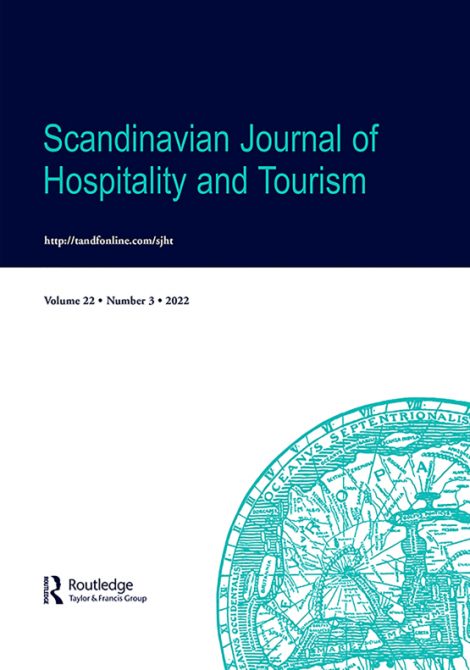 Understanding the scope and consequences of tourism flows is a key challenge for researchers, planners and place marketers alike. In order to mitigate harmful effects of tourism and the uneven distribution of visitors, we need to advance our views on how, why, when and where individuals move in a certain destination. Since the rise of mass tourism, scholars and practitioners have attempted to develop models to assess visitors’ real-time mobility and spatiotemporal consumption in popular tourism places, but scientific progress mostly concerned conceptual approaches (Lew & McKercher, 2006).
Understanding the scope and consequences of tourism flows is a key challenge for researchers, planners and place marketers alike. In order to mitigate harmful effects of tourism and the uneven distribution of visitors, we need to advance our views on how, why, when and where individuals move in a certain destination. Since the rise of mass tourism, scholars and practitioners have attempted to develop models to assess visitors’ real-time mobility and spatiotemporal consumption in popular tourism places, but scientific progress mostly concerned conceptual approaches (Lew & McKercher, 2006).
In the past decade, an increasing number of scholars adopted new technologies (GPS-tracking, crowdsensing devices, GIS, mobile phone data, electrodermal activity sensors, etc.) to map, visualize and nudge tourist consumption in real time (among others, Shoval & Ahas, 2016; De Cantis et al., 2016; Domènech et al., 2020; McKercher et al., 2019; Hardy et al., 2020; Toger et al., 2021; Sciortino et al., 2022; Altin et al. 2022; Waleghwa & Heldt, 2022). However groundbreaking, the majority of these studies are based on small samples and focus on urban settings. There is still a lack of theoretical corroboration and systematical (longitudinal or cross-sectional) comparisons to better harness the innovative potential of geolocational methods. Furthermore, the majority of these studies are targeting day visitors and certain segments (e.g. cruise tourists or recreational shopping), while only few studies are conducted in rural and wilderness contexts (for a notable exception, see Hardy & Aryal, 2020).
This special issue attempts to fill this gap by curating conceptual, empirical, experimental, and comparative case research advancing our understanding on spatiotemporal behavior. We welcome contributions from different disciplinary perspectives, including, but not limited to: mobility studies, consumer behaviour, behavioural geography, behavioural economics, destination governance and sustainable tourism management). Relevant papers will focus on:
- New, empirically grounded research informing the conceptual models of spatially mobile consumption, representing diverse geographical, social and ethnic contexts
- Longitudinal and/or comparative studies across and beyond the Nordic countries (also including periurban, rural and peripheral contexts)
- Methodological innovations, progressing spatiotemporal research design and multimodal data collection (GIS, eyetracking, EDA and sensory metrics, participatory and smart data)
- Methodological innovations combining of data of different modalitites and new analytical approaches (e.g. stop analysis, rhythm analysis, visualizing densities and intensities, etc.)
- Mapping of mobility conflicts among different groups and practices (commuting, recreational, residential and tourist mobility)
- Affective dimensions of mobile consumption (e.g. street rage, anxiety and thrill), incl. place-specific moods and sensory modalities
- Health risks and contagion mitigation in postpandemic tourism mobility
- Interventions, crowd management and nudging experiments to alter tourism flows





